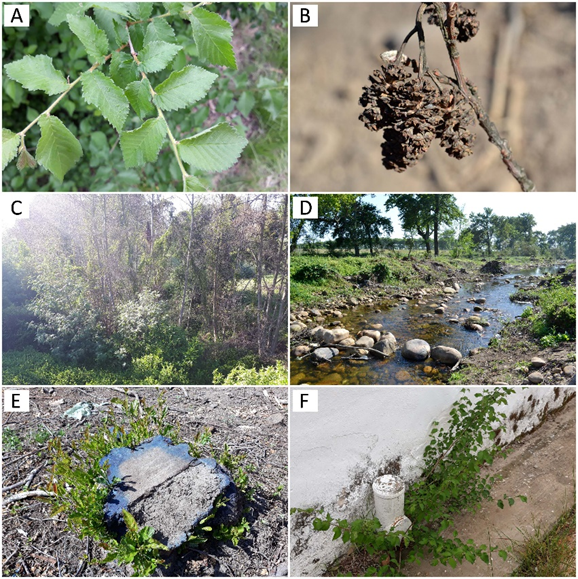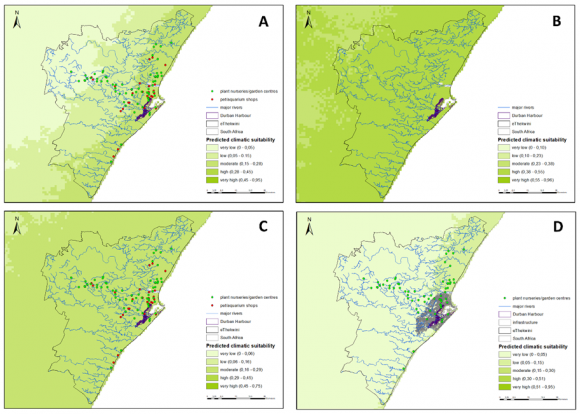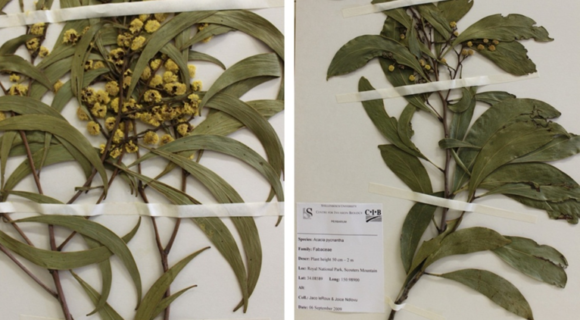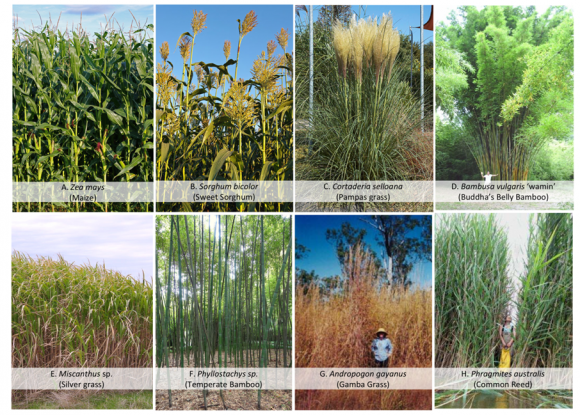26 October 2020 | By Jan-Hendrik Keet
Black Alder (Alnus glutinosa), is a single or multi-stemmed, deciduous tree (± 25 m in height) that can live up to 100 years, and is native to Europe, western Siberia and parts of North Africa. The species is primarily riparian, i.e. growing along rivers, streams, ponds etc. It has been moved quite extensively across the globe for its various uses, primarily forestry, but also shelterbelts, soil reclamation and remediation, landscaping, biomass production, furniture, and even wooden clogs (shoes) in the Netherlands! This has, however, led Black Alder to become a widespread invader in a number of countries, notably the USA and New Zealand.
An invasive stand of Black Alder was recently detected along the banks of the Dwars River from Kylemore to Lanquedoc, near Stellenbosch in the Western Cape Province, which prompted an investigation into the history and distribution of Black Alder in South Africa, its impacts, and its potential for becoming an invasive species. Black Alder has been in South Africa for over a hundred years, the earliest record being from Beginsel Arboretum near Standerton (Mpumalanga). It has also been recorded in three other provinces, namely Eastern Cape, KwaZulu-Natal, and Gauteng.
A key issue is Black Alder’s association with nitrogen-fixing bacteria (of the genus Frankia), the reason being that invasive nitrogen fixers have the ability to greatly alter ecosystem functioning, thus effectively acting as drivers of regime shifts. This can be especially detrimental in regions that naturally have nitrogen-poor soils, such as fynbos, where Black Alder could impact on native communities both above- (e.g. plants) and below-ground (i.e. soil microbes). Combine this with our results showing, via species-distribution modelling, that large areas of South Africa are predicted to be potentially suitable for the establishment of Black Alder, then it is easy to see why such species should receive high management priority to prevent them from becoming widespread invaders.
Luckily, a local team is already on it, namely the NGO WildTrust™. They have made great progress in clearing the only known (to date) invasive stand of Black Alder in South Africa. However, the seeds of Black Alder are spread primarily by water, and as such can travel immense distances downstream from parent trees. And indeed, this is what we found, in that we observed scattered individuals growing many kilometres downstream of the Dwars River population. This is a great cause for concern, seeing that South Africa’s precious water resources are already heavily burden by other invasive species (e.g. Eucalyptus and Australian Acacia). It is therefore crucial that riparian areas in particular be monitored closely for the presences of Black Alder, and that any new localities be reported.
From the results in our study we propose that Black Alder should be listed as Category 1a under the National Environmental Management: Biodiversity Act (NEMBA) in South Africa. Thus, we essentially propose a ban on the importing, possessing, growing or in any other way propagating, moving or otherwise translocating, selling or otherwise trading in, buying, receiving, giving, donating or accepting as a gift, or in any way acquiring or disposing of specimens of Black Alder. This aims to protect our water courses and native biodiversity by trying to ensure that Black Alder never becomes a widespread invader.
Read the full paper
Keet JH, Robertson MP, & Richardson DM (2020) Alnus glutinosa (Betulaceae) in South Africa: invasive potential and management options, South African Journal of Botany, 135:280 – 293. https://doi.org/10.1016/j.sajb.2020.09.009
For more information, contact Jan-Hendrik Keet at jhkeet@hotmail.com




